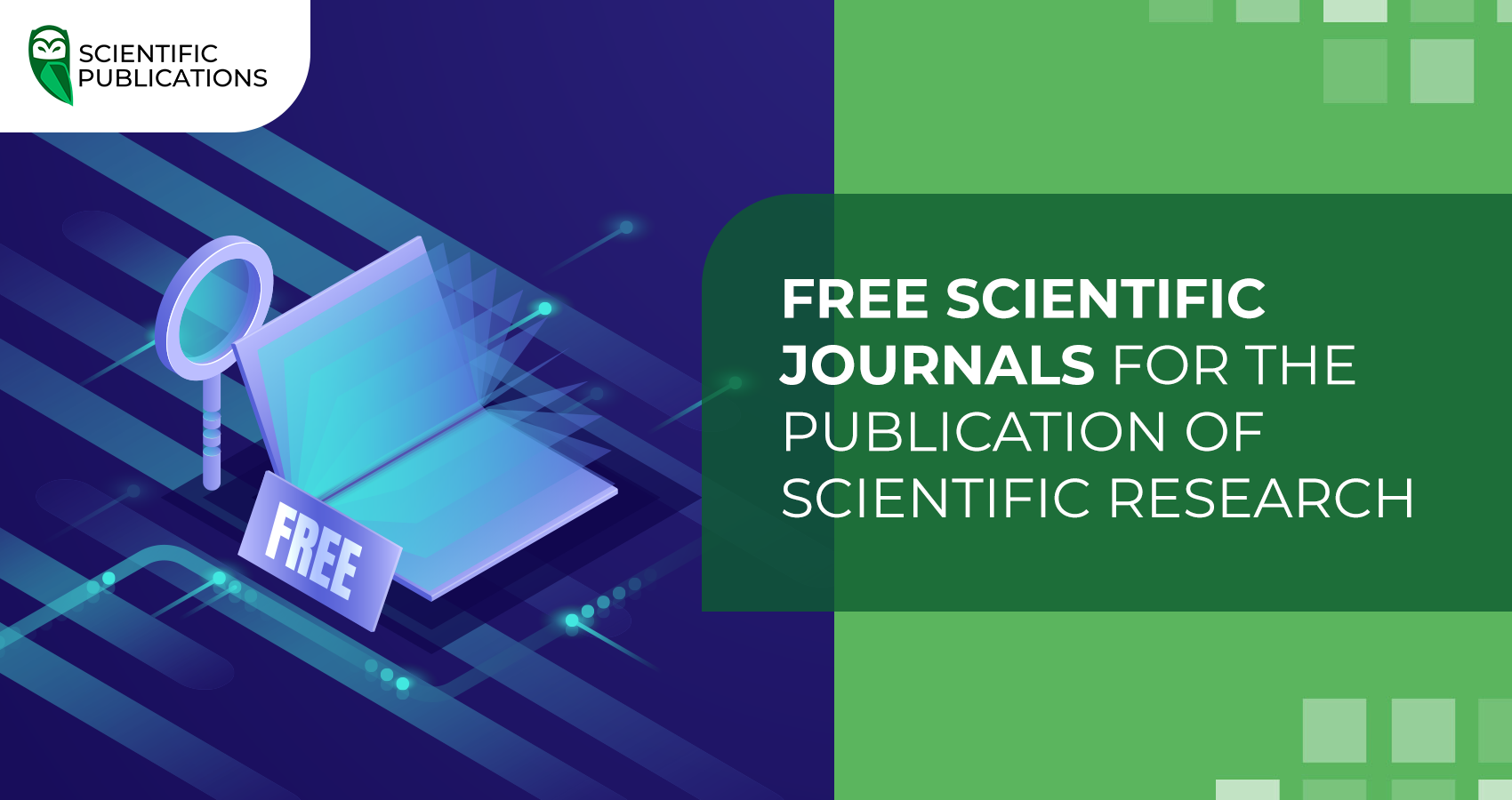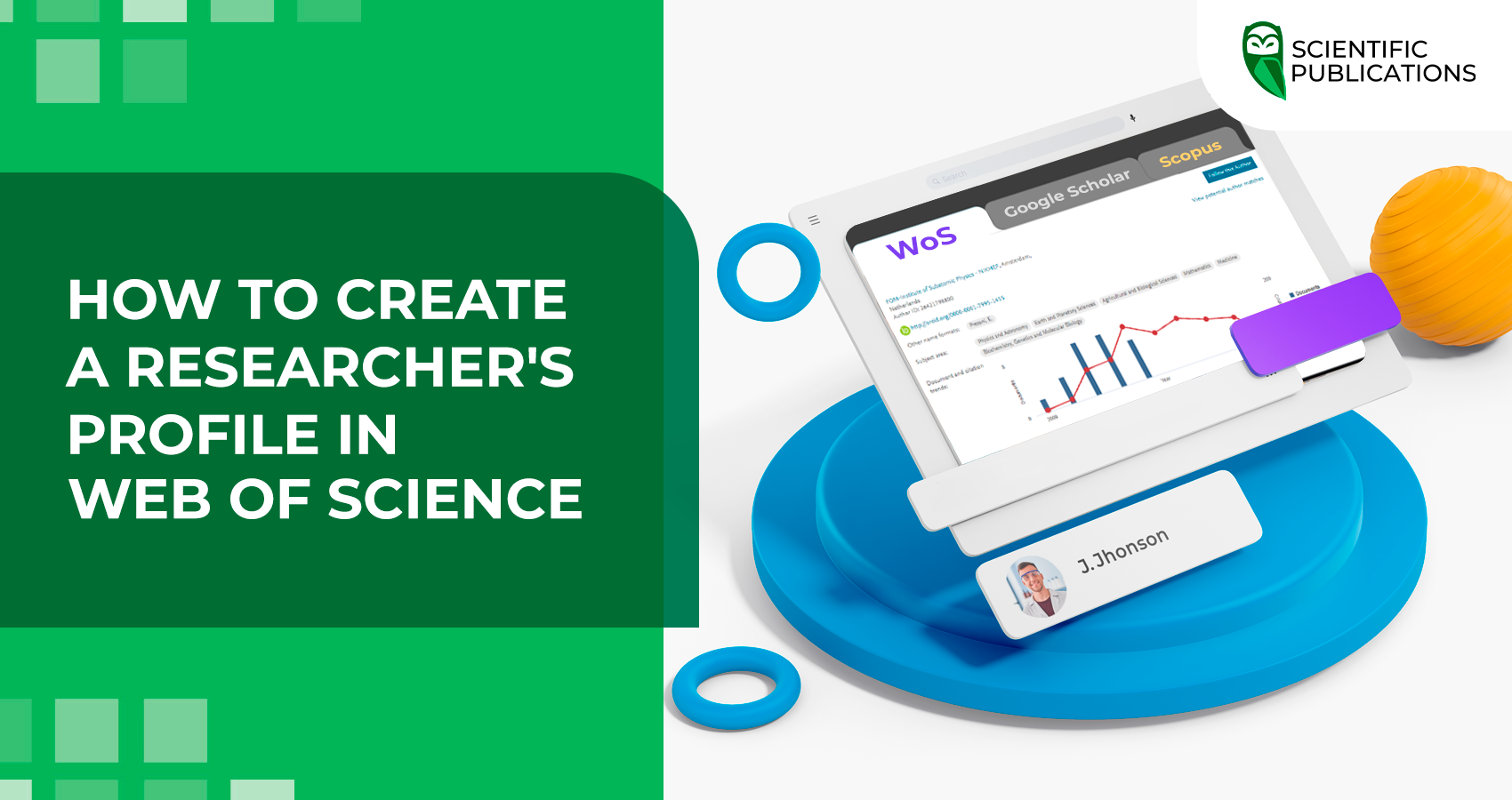The Scopus and Web of Science databases are among the most influential and authoritative in the world. Publications included in these databases are carefully selected and reviewed in detail. How to successfully publish in Scopus and Web of Science?

For every researcher and scientist, publishing in Scopus and Web of Science is an important career milestone. It is a prerequisite for obtaining academic degrees and academic titles in many countries, including the Kyrgyz Republic.
Many manuscripts are submitted to journals indexed in Scopus and Web of Science, but not all of them pass even the first stage of article review. Today, we have prepared some tips that will help you increase your chances of successful publication in the Scopus and Web of Science databases.
1. Develop a scientific hypothesis.
To successfully publish in the Scopus and Web of Science databases, the author needs to form a scientific hypothesis that will be confirmed or refuted in the course of the research. It is worth noting that a scientific hypothesis should not contradict the main scientific truths and facts, and should not identify previously unexplored or poorly understood aspects of a particular issue.
2. Conducting research and analytics.
The author should conduct thorough research and in-depth analysis to identify the little-explored aspects of his or her subject area, area of research interest, discipline of knowledge, etc. To achieve this goal, authors can use search engines in Scopus and Web of Science databases, as well as the Google Scholar platform. Scientific databases and various platforms offer basic and advanced search functions.
With these functions, you can find the information you need by:
- topic
- keywords;
- other researchers.
It should be noted that a large number of publications are published under the traditional business model of access, which requires payment by the reader. It is possible to read papers published in open access journals for free.
Advanced search is recommended for creating highly specialised queries, but can only be used without a subscription using the Google Scholar platform.
3. Metadata of a scientific article.
The metadata of a scientific article is the smallest element of the manuscript in terms of volume and plays an important role in the promotion and visibility of the article.
Metadata of a scientific article:
- Title. The title of the scientific article should be clearly formulated, not too short and not too long. Recommended word count: no more than 10-15 words.
- Abstract. The abstract of a scientific article should have a clear structure, including a brief overview of the objectives, methods, main results, relevance and recommendations. It is important that this structural element does not contain references to other authors. The optimal length of an abstract is 150 to 300 words. The abstract is the business card of a scientific article and the first thing the reader sees. A well-written abstract guarantees the reader's interest and influences the decision to cite the work in their own research. It is recommended to use keywords to increase the visibility of the article when searching on the Internet, on various platforms and in databases.
- Keywords. Keywords can both help and hinder the improvement of scientometric indicators. Keywords should not duplicate the title of the article, but should reflect the main research topic, concepts, and aspects. The recommended number of keywords is from 4 to 7 words/phrases.
4. Adherence to the IMRAD structure.
When preparing materials for submission and further publication, it is necessary to follow the IMRAD structure, where "I" – Introduction, "M" – Materials/Methods, "R" – Results and "D" – Discussion.
- Introduction. The introduction of the study should briefly describe what the work is about and define the main provisions and objectives. The introduction of a scientific article should describe why it is important for the international scientific community.
- Materials and Methods. This section describes the research process so that it can be repeated if necessary. An important aspect is to understand whether the research is theoretical or experimental.
- Results. In the results section, the author needs to describe what exactly was obtained as a result of the study. In this section, the use of graphic material, such as graphs, tables, diagrams, and other illustrative materials, is welcome.
- Discussion. In the discussion section, the author evaluates and explains the results obtained, as well as points out the strengths and weaknesses of the study. In this section, it is necessary to draw parallels with the research of other scientists, compare the results obtained, methods and materials used, etc.
The presentation of the material should be logical, consistent and understandable.
What should you pay attention to when designing an article?
- Design of graphs, tables, diagrams and other types of graphic material;
- formulation of formulas;
- quality of images;
- Keep in mind important details, such as the use of dashes and hyphens, unnecessary indentations, and breaking surnames and initials. Avoid mistakes in the text (grammar, spelling, punctuation, syntax, etc.).
5. Adherence to the principles of scientific ethics.
Adherence to the principles of scientific ethics is one of the main reasons for refusing to publish a research paper. In addition to refusal to publish, violation of the rules and principles of scientific ethics can lead to reputational losses for the researcher.
Possible violations of the principles of scientific ethics:
- absence or low level of research uniqueness;
- submission of a manuscript to several journals at the same time;
- use of illustrative images by other researchers without their permission;
- self-plagiarism, similarity to one's own past research, republication of research.
6. References, citation and list of references.
The article should contain references to all works that were used during the research and writing of the paper. All references should be made in the form of links and citations in accordance with the requirements of the journal, which are prescribed on the official website.
Correct citation and bibliography helps to:
- familiarisation with the most relevant sources on the topic;
- conducting a more thorough review of the literature, which improves the quality of scientific research;
- confirmation of the theses and arguments presented in the article.
When making citations, references, and bibliographies, authors should follow the requirements set out on the journal's website, instructions for authors, and other recommendations.
The most commonly used citation and reference styles are as follows:
- APA;
- Vancouver;
- Chicago;
- Council of Biology Editors;
- Harvard;
- MLA;
- NLM.
Use high-quality sources and literature. One of the key aspects of a successful article is the right information. Focus on using relevant and authoritative sources in your research.
Improper citation is equivalent to academic dishonesty.
7. Academic translation.
One of the most important steps on the way to successful publication in the Scopus and Web of Science databases. A poor academic translation can ruin even a potentially top-rated research paper. This creates a risk that the reviewers and the editorial board will not understand the author's opinion in the text of the article.
Recommendations at the stage of academic translation:
- Do not use machine translation.
- Pay special attention to grammar and style.
- Use high-quality academic language, using specialised terminology.
- Pay attention to the structure of sentences, clarity of the facts described.
- Use various resources to check the text to avoid and correct mistakes.
If you are not confident in your academic translation skills, it is recommended to use the services of professional translators. However, even the work of translators should be carefully checked for correct translations of terms, processes, materials, etc.
8. Choosing a journal for publication.
An important decision for publishing in the Scopus and Web of Science databases is to choose the right journal. You should choose the publication that best suits the subject matter and direction of your research and is of the highest quality.
What should I look for when choosing a journal to publish a research article?
- Determine the required normative indicators by quartile and percentile and search the database.
- Evaluate the journals according to your research area, discipline, and subject area. Also, review the journals that have published the papers analysed in Step 2 of this guide.
- Explore the websites of the most suitable journals and critically reflect on the information there.
- Check the indexing of the selected journals and compare it with the information on the websites of the publications. A reliable journal should have the same information.
- Analyse the publication activity and thematic areas of the journal.
- Choose one main journal and several backup journals. Prepare a manuscript for submission to the main journal. In case of rejection, promptly prepare an article for submission to one of the backup journals.
The role of an intermediary company in the publication process
The answer to the question of how to publish an article in Scopus is very complex and depends on many factors. In this article, we have mentioned only the most important ones, but there are many subtle nuances that cannot be described in a single article.
That is why scientific and publication consulting is becoming increasingly important. Scientific Publications cooperates with researchers at all of the above stages, helping them to successfully publish their work.
By cooperating with us, you will receive:
- Audit of scientific material.
- Structuring of the work.
- Editing and formatting the text of the article.
- Academic translation and proofreading.
- Selection of a scientific publication in accordance with the research goals of the researcher.
- Communication with representatives of scientific journals.
- Support by a personal manager until the article is indexed.
- Informing about changes in the status of the work.
If you need help with publishing a scientific article in the Scopus or Web of Science database, contact Scientific Publications. We guarantee you the publication of your research and quality services from our qualified specialists. If you have any questions or need advice, fill out the application form on the website, and our manager will contact you within a business day.





